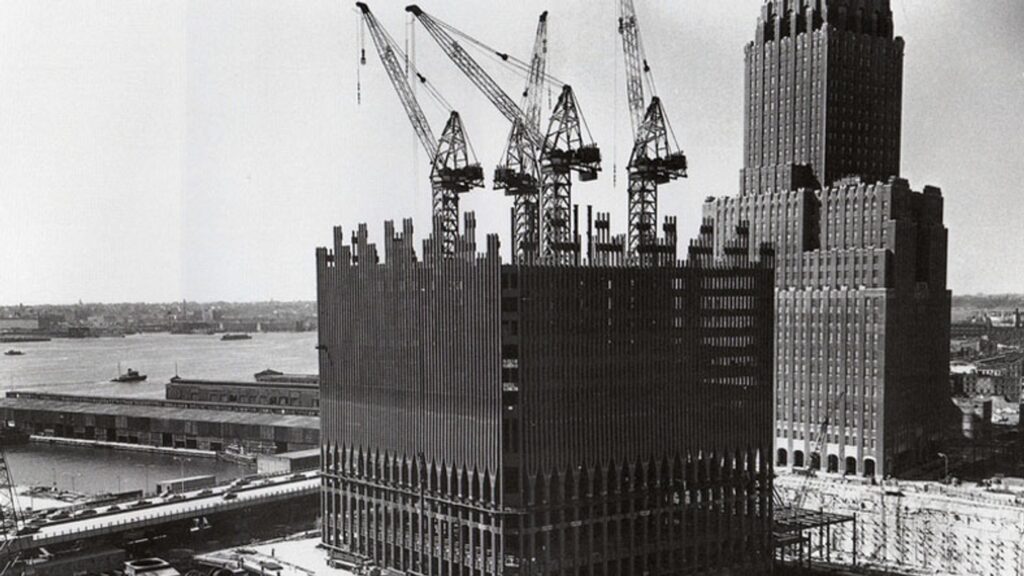World Trade Center, built in the early 1970s in America, was a prominent feature in the skyline of New York’s Manhattan district until the terrorist attacks of September 11, 2001. Known as the Twin Towers, these structures were notable examples of aesthetics and engineering of their time. The numerous challenges encountered during construction paved the way for innovations in the engineering field.
The construction of the foundations was a major challenge due to the weak soil and fill materials. Engineers had to create a strong base deep below to solve this problem. Various methods developed to prevent flooding strengthened the foundation. Besides being the tallest buildings of their time, the Twin Towers were also quite unique in design.
‘Kangaroo Crane’ Innovation: Engineers’ Solution for High Structures

The use of traditional cranes was inadequate for such high structures. Consequently, engineers developed a type of crane called the ‘kangaroo crane’ to reduce time loss and high costs. Designed by Australian engineers, these cranes used hydraulic systems to lift themselves up and climb the structure. As the building rose, the cranes also ascended integrated into the structure, eliminating the need for disassembly and reassembly.
This innovative approach significantly accelerated the construction process and served as a model for subsequent skyscraper projects. In summary, the World Trade Center was not only an architectural icon but also a turning point in construction technology. This structure took its place in history as a pioneer of many innovations in engineering and construction.
Source: How Stuff Works?


